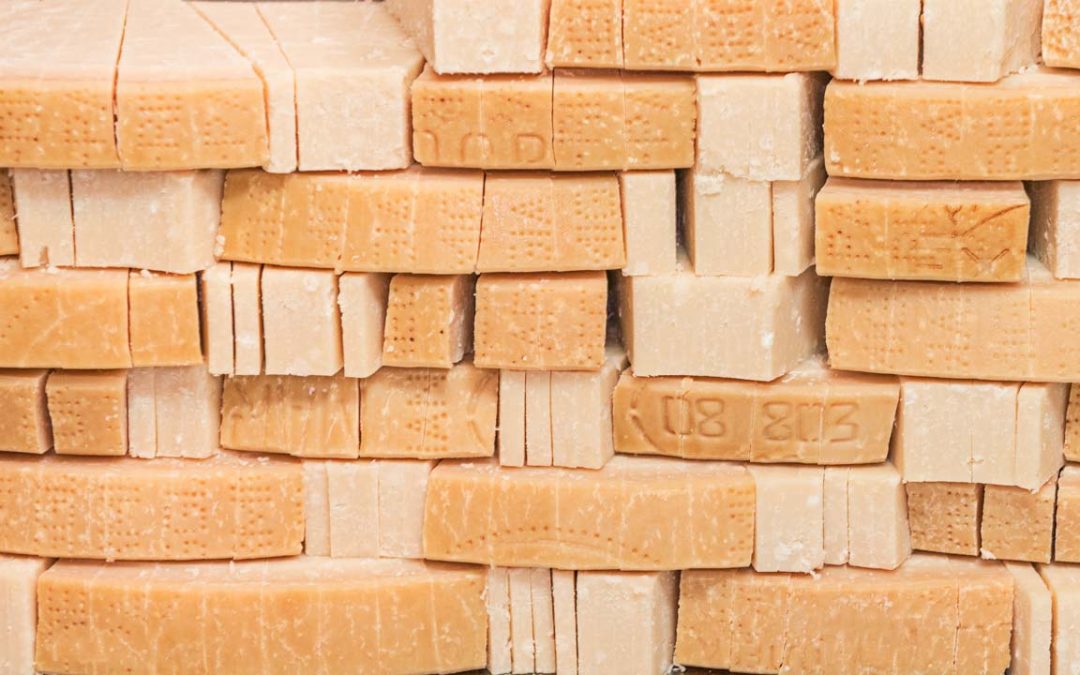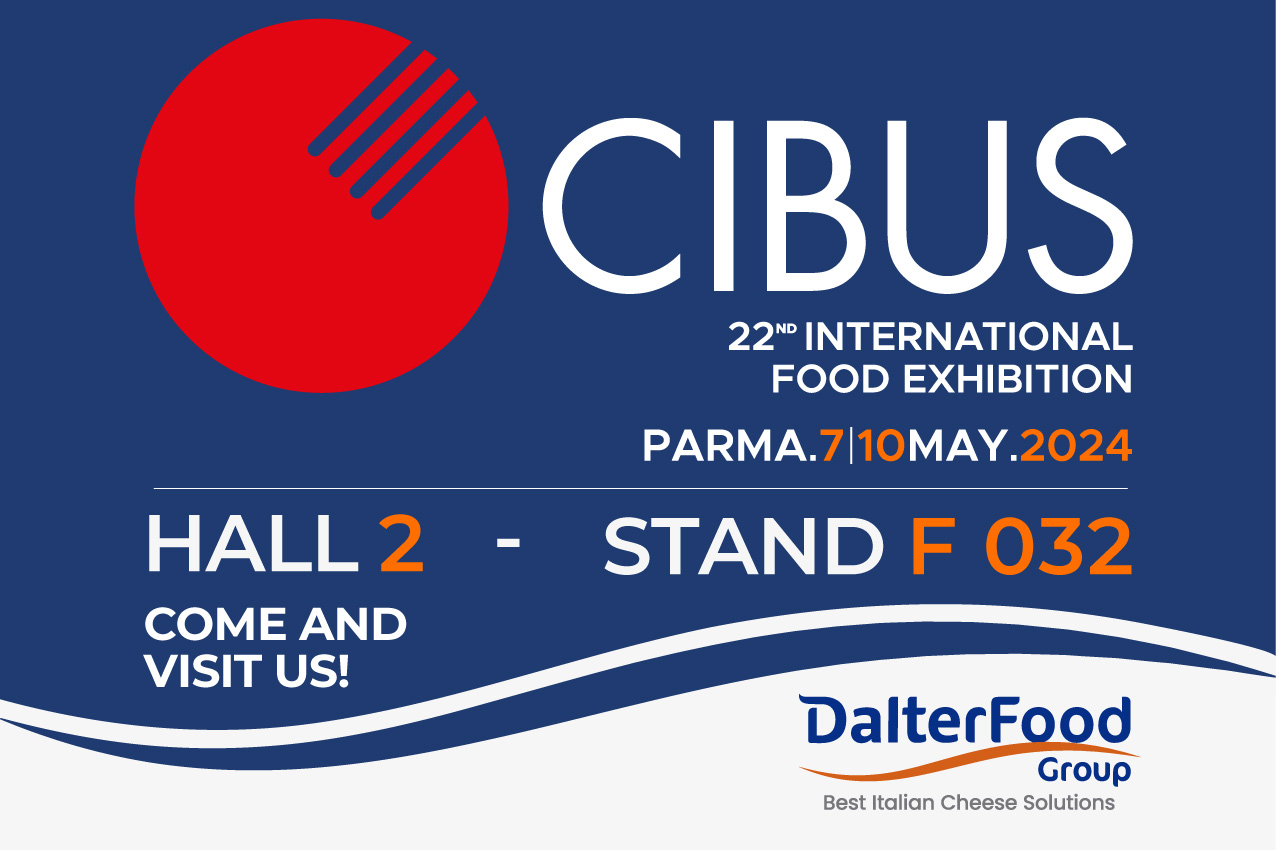What’s the difference between Parmigiano Reggiano and Grana Padano?

Let’s get to know Parmigiano Reggiano and Grana Padano to discover their differences and to find out more about their true nature!
Ingredients
Parmigiano Reggiano: cow milk, salt, rennet
Grana Padano: cow milk, salt, rennet, lysozyme (eggs protein)
Processing technique
Parmigiano Reggiano: parmesan Cheese is usually made once a day using the milk of the previous evening milking that is partially skimmed in special tanks to which then, the whole milk of the morning milking is added.
Grana Padano: for the production of Grana Padano, the raw milk of at the most, two milkings of the same day is used after being partially skimmed by removing the cream that rises to the top of the tanks.
Cattle feed for the production of milk
Parmigiano Reggiano: only the milk of animals fed exclusively dry feed, green forage and meadow hay is used.
Grana Padano: silage feed is also permitted in the cattle’s diet. Silage feed is obtained from cereals using the entire plant. It is then chopped and stored in silos.
Other ingredients
Parmigiano Reggiano: no additives are used.
Grana Padano: the use of silage feed can favour the development of microorganisms that worsen the characteristics of the product and it is for this reason that Grana Padano contains lysozyme, which is an egg protein that inhibits the development of harmful microorganisms.
Aging
Parmigiano Reggiano: aging may vary form a minimum of 12 months to more than 24 months (it can reach 40 months).
Grana Padano: aging varies from a minimum of 9 months to 24 months.
Production area
Parmigiano Reggiano: It is produced exclusively in the provinces of Parma, Reggio Emilia, Modena, Bologna (on the left bank of the Reno River) and Mantua (on the right bank of the River Po’).
Grana Padano: The original area includes the provinces of Alessandria, Asti, Cuneo, Novara, Turin, Vercelli, Bergamo, Brescia, Como, Cremona, Mantua on the left bank of the Po’ River, Pavia, Sondrio, Varese, Trento, Padua, Rovigo, Treviso, Venice, Verona, Vicenza, Bologna on the right bank of the Reno River, Ferrara, Forti, Piacenza and Ravenna.


